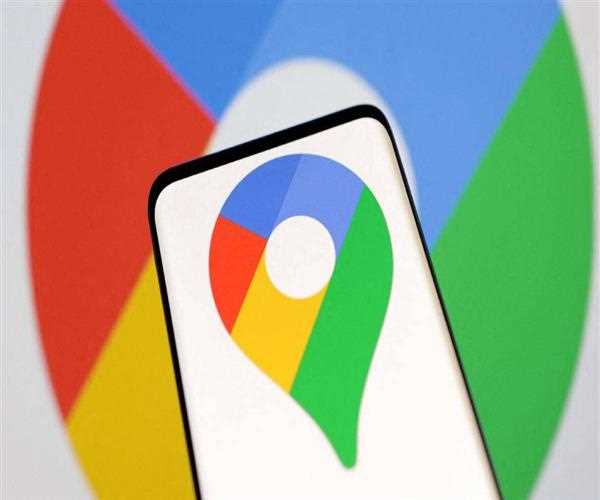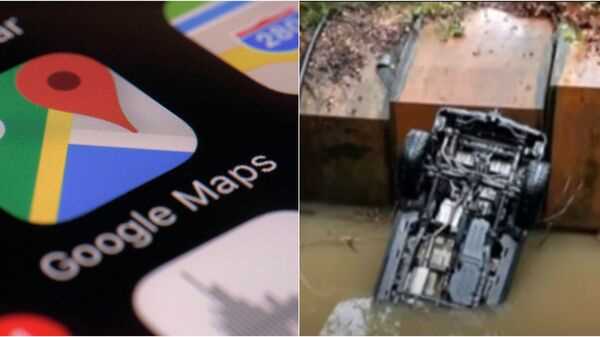Search here

27-Nov-2024 , Updated on 11/27/2024 5:01:47 AM
Do Not Always Rely On Google Map? 3 Man Dies In Accident
Getting lost is now almost impossible, as the use of Google Maps has become endemic among users of the internet. However, as closely related to convenience, this technology causes people to overrely on it with serious consequences. Recent occurrences, especially accidents, emphasize the danger of relying on GPS directions while ignoring other factors. It focuses on integrating technology knowledge with human sense in order to minimize the risks associated with commuting.
Real-World Consequences of Overreliance
1. Fatal accidents due to errors
Another recent real-world example that emerged through the news is anger and three people’s deaths when their car drove after receiving wrong turns from Google Maps. Such cases demonstrate that GPS is fairly inaccurate, especially while in new zones or new-fashioned regions.
- Example: Many times Google Maps suggests certain routes that are shorter but are not safe at all, including roads that are under construction without proper markings and road sections where landslides are common. In such circumstances, it is quite possible that the users get themselves into fatal situations unconsciously.

2. false signs and lonely places
GPS systems promise the client shortcuts so that they do not waste time on the road; however, these shortcuts take the client to deserted or risky areas. For instance, several drivers have noted that they have at times been left in lonely places due to blind relay on GPS.
A related conversation about the role of proper information to guide navigation is available here.
3. Lack of general and specific information
On a generalized level, information from technology is useful because it usually overlooks specific inconveniences that would be identifiable by a local, for instance, the temporary closure of a particular road or a recently altered physical environment. For instance, using technology in areas that experience flash floods or snow cover can be very disastrous.
The Psychological Perspectives for Blind Trust
Most of the users are often convinced that Google Maps and other technologies of the kind are perfect. This sort of overconfidence may lead to some lack of awareness of the environment in which the technique is being applied, which in turn hinders the user’s flexibility to address emerging difficulties that were not accounted for in design or planning.
It also arises due to the lack of planning; nowadays fewer people opt for geographical plans or ask locals about the place before visiting.
Measures to Minimize Risk
1. Check Routes Inspect
Always double-check your route via other applications or local information. Avoiding secondary sources of navigation increases the risk.
2. Hybrid Use of Technology and Traditional Navigation
Carry a physical map, especially when traveling to remote areas. Simple precautions, like asking locals to confirm routes, can greatly enhance safety.
3. Stay Informed
Keep an eye out for updates on road conditions, especially when traveling to places with notorious weather. Apps or forums that locals use can be a good complement to GPS tools.
4. Follow common sense.
Trust your instincts over technology. If a route seems dangerous or unfamiliar, pause and reassess rather than blindly proceeding.
Balancing Technology and Common Sense
While digital tools like Google Maps are invaluable, they are not infallible. Incorporating manual judgment, local knowledge, and backup plans can mitigate risks significantly. Avoid situations where blindly trusting technology compromises your safety.

The Role of Developers in Improving GPS Reliability
Navigation app developers should improve some known limitations, including data gaps for rural or less traveled areas. Advanced features would include real-time local updates and warnings about risky routes.
Another way to identify and improve inaccuracy in map data is through encouraging user feedback.
Real-Life Incident: Tragic Accident Highlights Risks
In a tragic case, three people lost their lives after the route suggested on Google Maps kept guiding their vehicle onto a dangerous path. The car was driven toward a damaged bridge, and from there, it fatally plunged into a river. It is an incident that brings to light the dangers of over-reliance on automated systems without cross-checking the safety on physical routes.
Conclusion
Of course, while Google Maps and other navigation tools are good things, they're not infallible. Users must learn how to use technology in a way that matches their judgment, preparation, and situational awareness. That way, we get the most from navigation technology while introducing the least amount of risk.

Student
Being a professional college student, I am Shivani Singh, student of JUET to improve my competencies . A strong interest of me is content writing , for which I participate in classes as well as other activities outside the classroom. I have been able to engage in several tasks, essays, assignments and cases that have helped me in honing my analytical and reasoning skills. From clubs, organizations or teams, I have improved my ability to work in teams, exhibit leadership.
Join Our Newsletter
Subscribe to our newsletter to receive emails about new views posts, releases and updates.
Copyright 2010 - 2025 MindStick Software Pvt. Ltd. All Rights Reserved Privacy Policy | Terms & Conditions | Cookie Policy